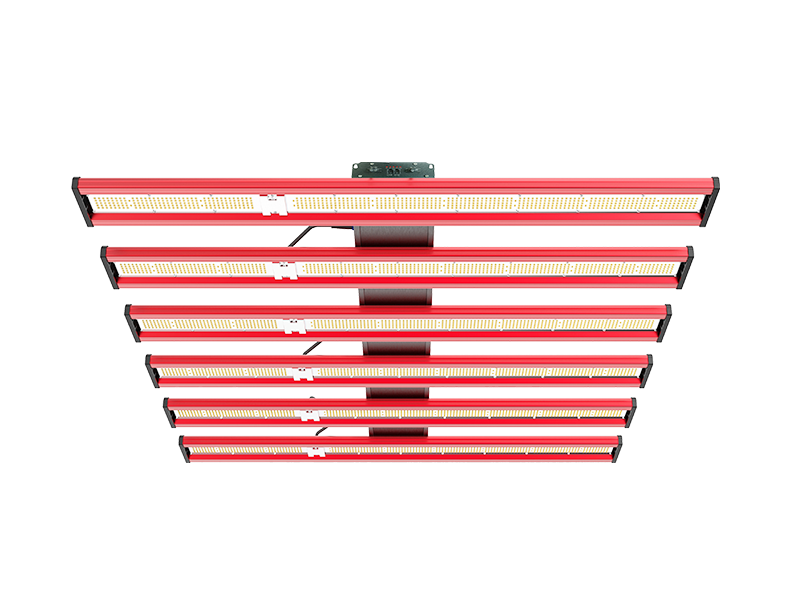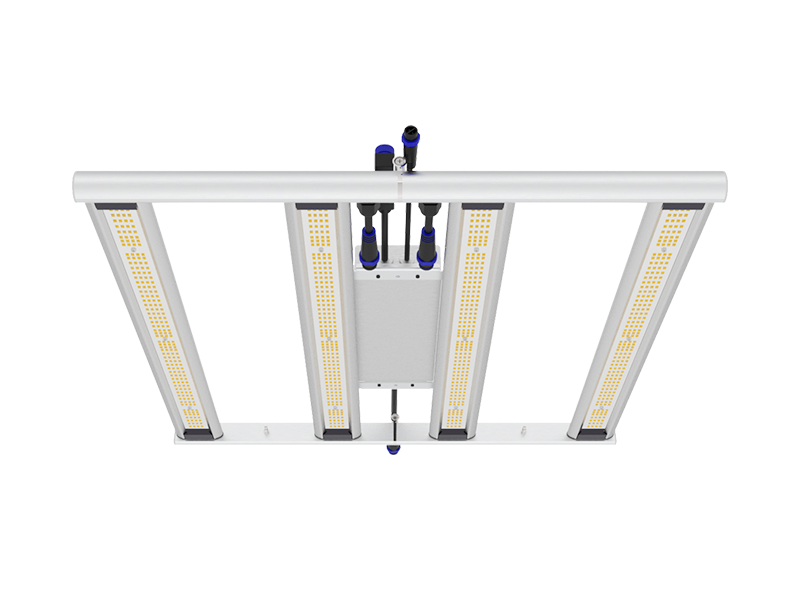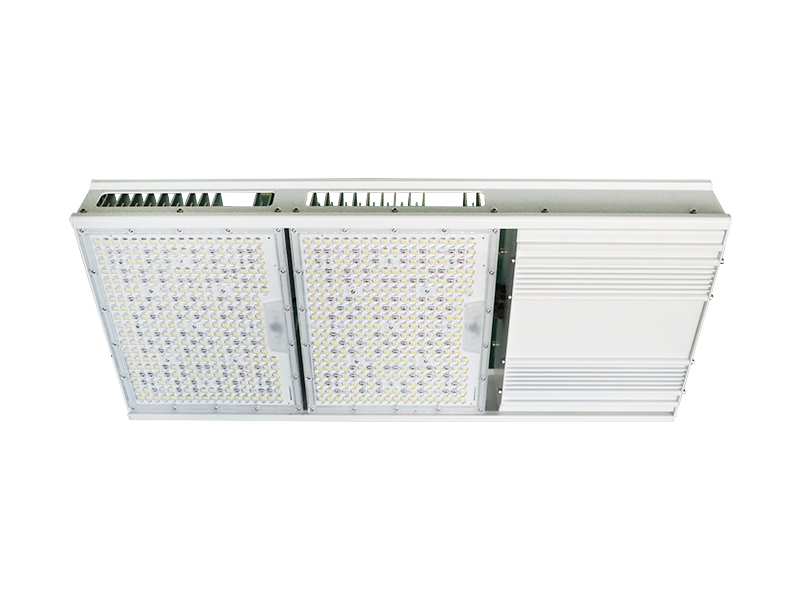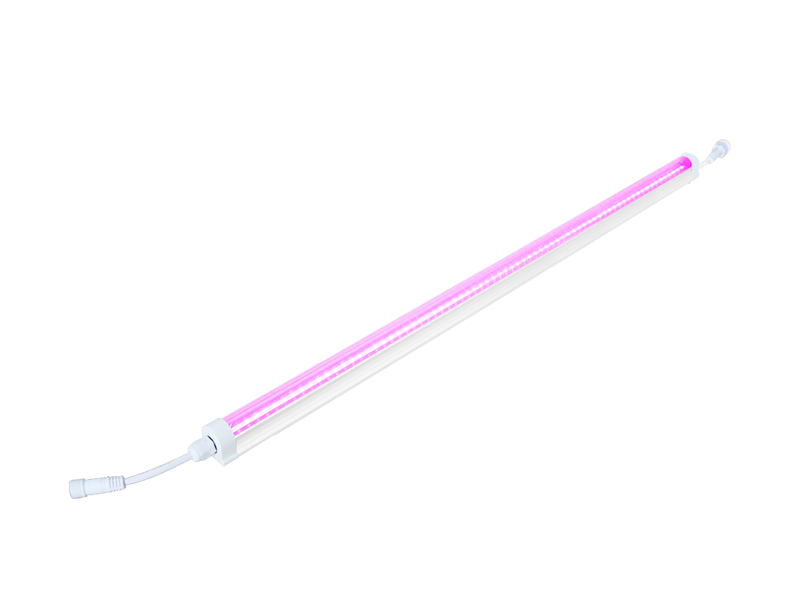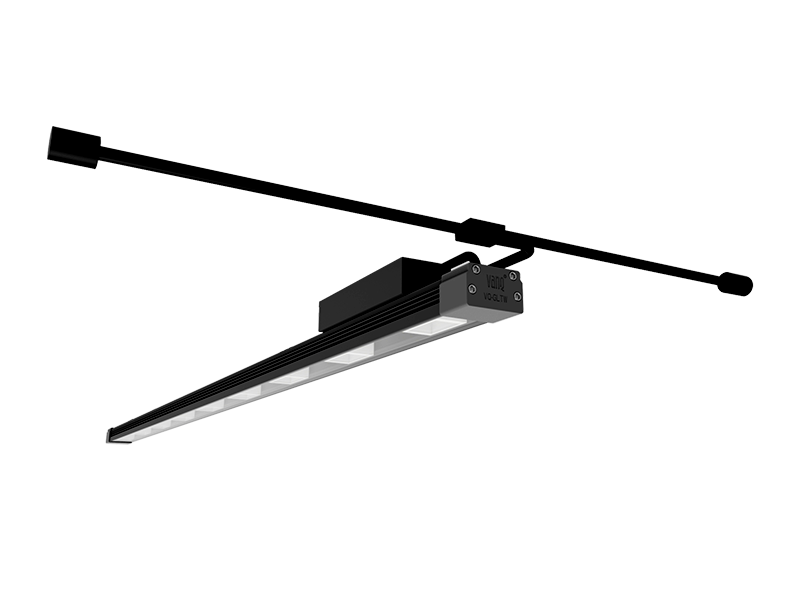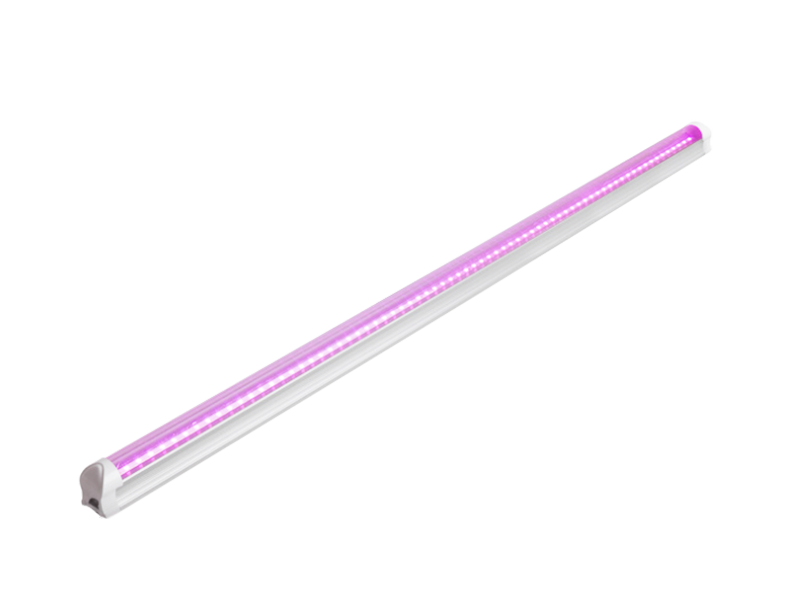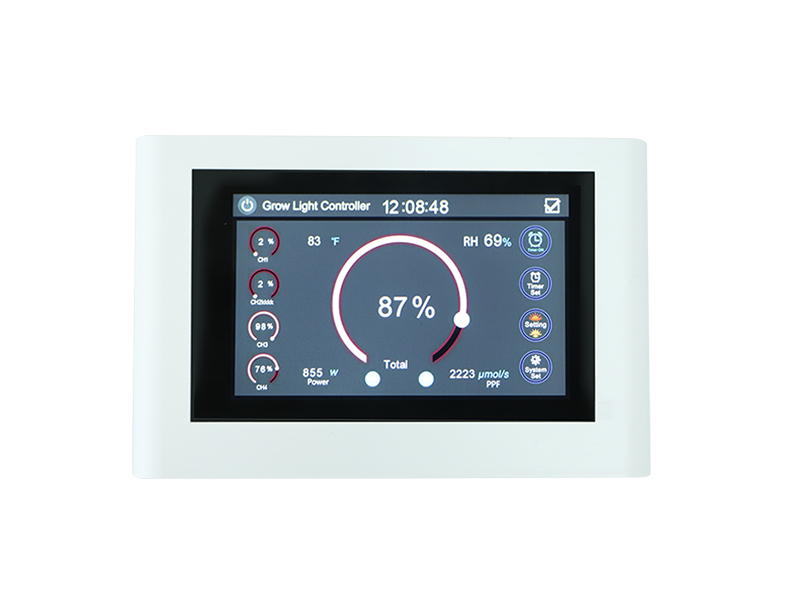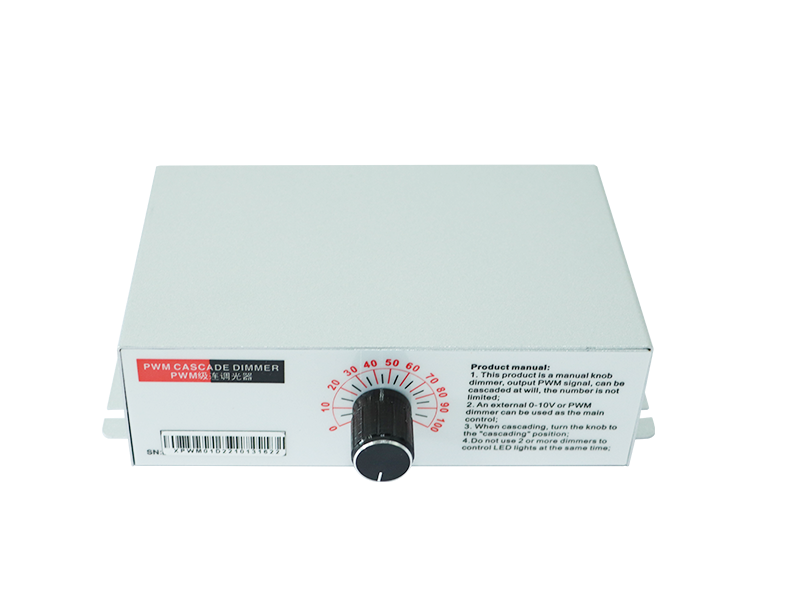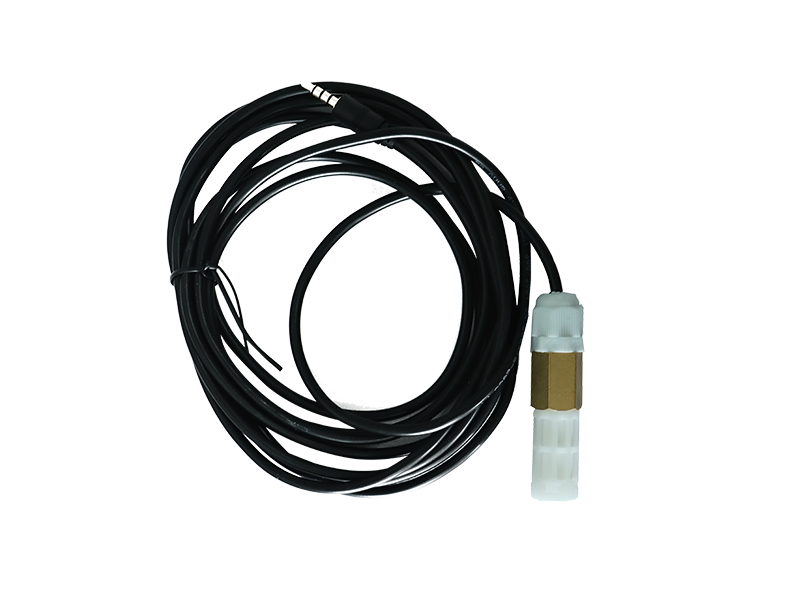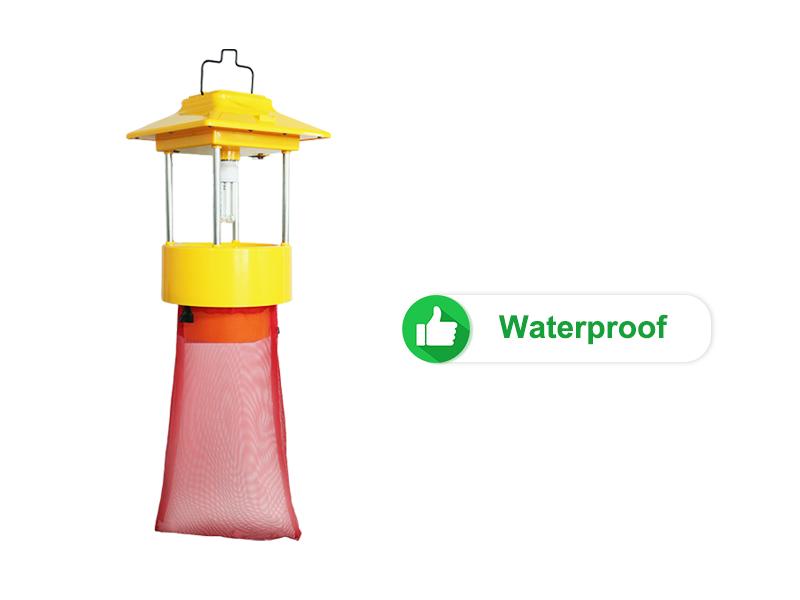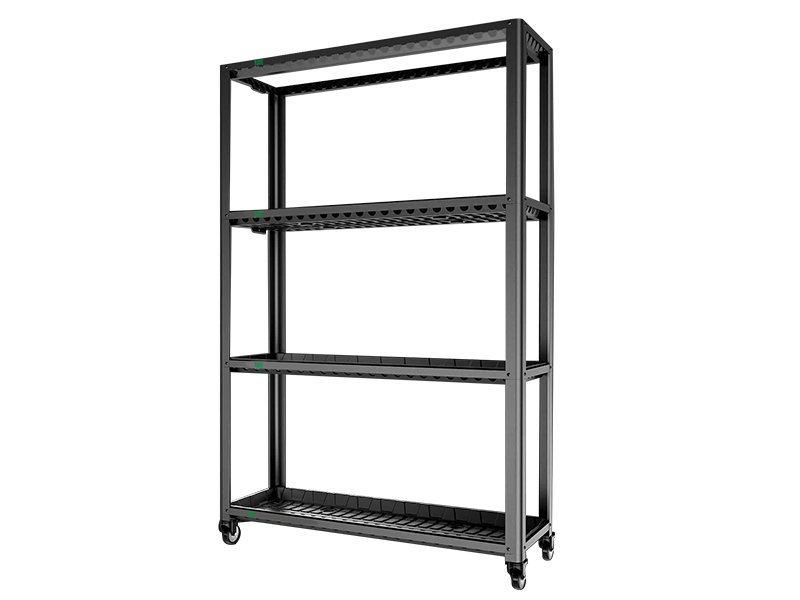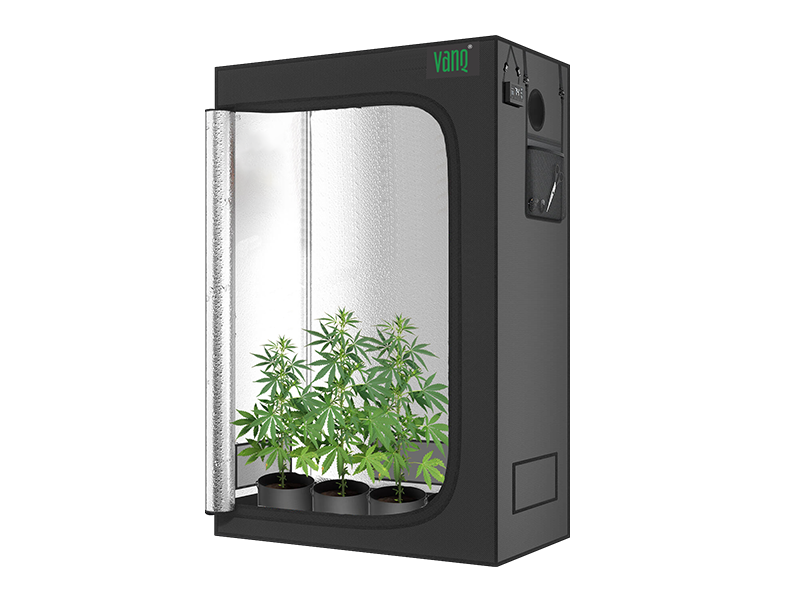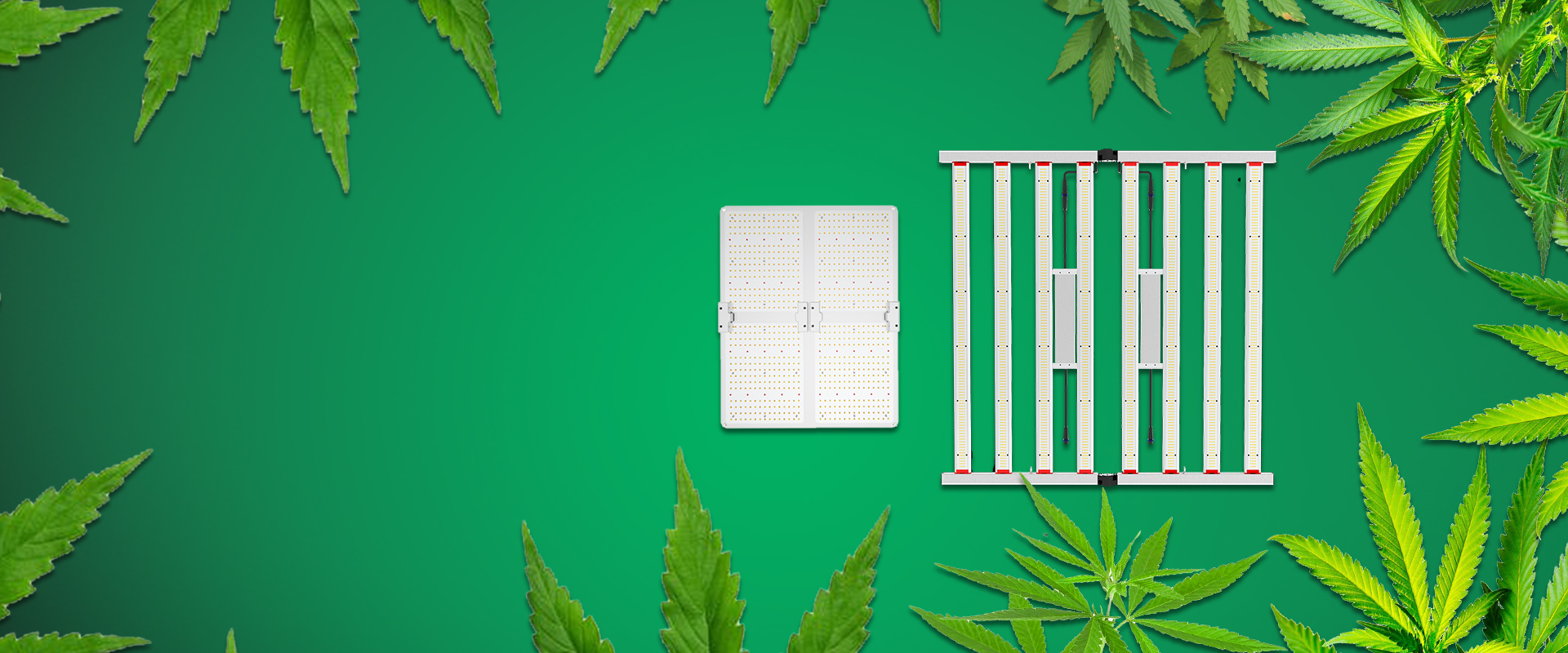Growing tomatoes, Lettuce, and Peppers in the greenhouse or indoor growing environment is not a tricky task nowadays. The tomato growing process starts with a selection of the right seeds that give maximum germination along with the purity that it labels. Considering tomato, a top choice for indoor growing, two types of tomatoes are common for indoor planting: Determinate and Indeterminate. Determinate tomatoes exhibit a fixed height, bushy in look, flower, and fruit once, and stop further growth, whereas, Indeterminate tomatoes are the vine that continues to flower and produce for longer. Usually, Indeterminate varieties get preference while growing in the indoor growing environment if it is in a greenhouse or hydroponic arrangement.
Since you know, growing tomatoes indoors needs setting a lot of growth conditions such as temperature, humidity, CO2, and nutrients but, the most important factor to consider is fulfilling lighting needs for growing them. Tomato's lighting needs vary according to their growing conditions throughout the lifecycle. Generally, the tomatoes need a little exposure to light during the seedlings and vegetative growth. Their light exposure increases once tomato's shift from the early vegetative stages to late vegetative and flowering stages. Whereas, tomatoes fruiting pattern requires additional exposure to intensive lights for uniform maturity and ripening. I could add information on grow light distance from the plant's canopy later in this article, it is pertinent to discuss other grow rooms requirements first. However, it is important to highlight that no physiological process initiates in tomatoes until plants get exposure to a sufficient amount and right wavelength of light. Here are the growing requirements of tomatoes in a controlled environment;
Temperature
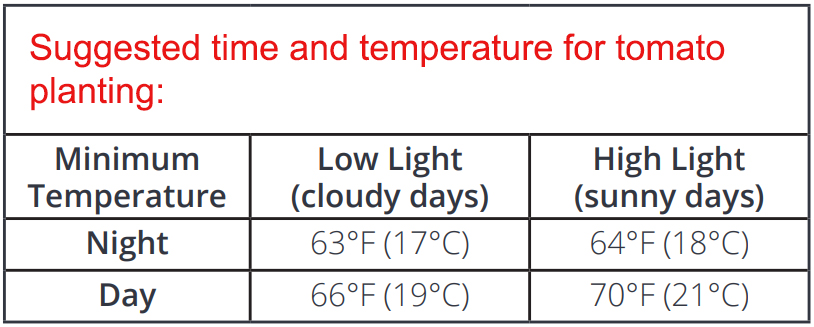
The ideal temperature ranges for growing tomatoes indoors varies between 60–90°F. The seedling will propagate ideally when day temperature ranges between 70°F to 75°F and night temperature between 60°F to 65°F at night. Whereas, the green tomatoes require 68–77°F for maturity. Any variation in these temperature ranges slows down the growth process, while tomatoes stop growth during any temperature above 85°F. It is also relevant to say that the only source for increasing or decreasing grow room temperatures are lights.
Humidity
Ideal grows room humidity for growing tomatoes ranges between 80-90% during the day whereas the 65-75% during the night. This humidity is dependent on the duration and intensity of grow lights that often keep working during the day and are switched off at night.
CO2 Level
Tomato plants, like all other vegetables, need CO2, H2O, and light to yield sugar during the process of food assimilation. CO2 higher concentration could hamper the highest tomato yield by increasing early flowering. Plants use CO2 in the process of growth to trigger the process of photosynthesis. During sunny hours CO2 concentration is 1000 ppm that you could reduce between 400 to 600 ppm under low light conditions. CO2 application is more fruitful during the daylight. Usually, tomato seedlings need CO2 concentration between 800 to 1000.
The pH of Growing Media or Soil
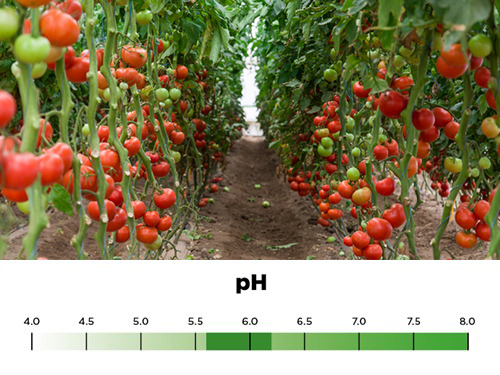
The ideal pH for tomato plants growing in the soil is kept often between 6.0-6.5. while growing tomatoes in hydroponic arrangements, the desired pH level of nutrients solution are between 5.5-6. Additionally, different pH moderators are available in the market that helps in correcting pH in nutrients solutions. Baking soda is another cheap remedy to raise nutrients solution pH but, the growers need to monitor pH level at regular intervals while growing tomatoes.
Light
Tomato is a sensitive plant as far as heat and light are concerned. Tomato may show stunted growth if they're exposed to too high or too low temperature. During indoor growing grow lights are the only source that could produce heat in the system. For that reason, LED grow lights are the best option to keep heat in control for the proper growth and development of tomatoes. Tomatoes need 8 to 10 hours of illumination per day for successful flowering that could reach maturity to produce healthy fruit. It would be appropriate to expose the tomato plant for 12 hours a day during early vegetative stages that would increase up to 16 hours during the late vegetative and early flowering stages. The fruiting periods need more intensive light that will help tomatoes ripen to the desired color. 8-10 hours of light are recommended at this stage.
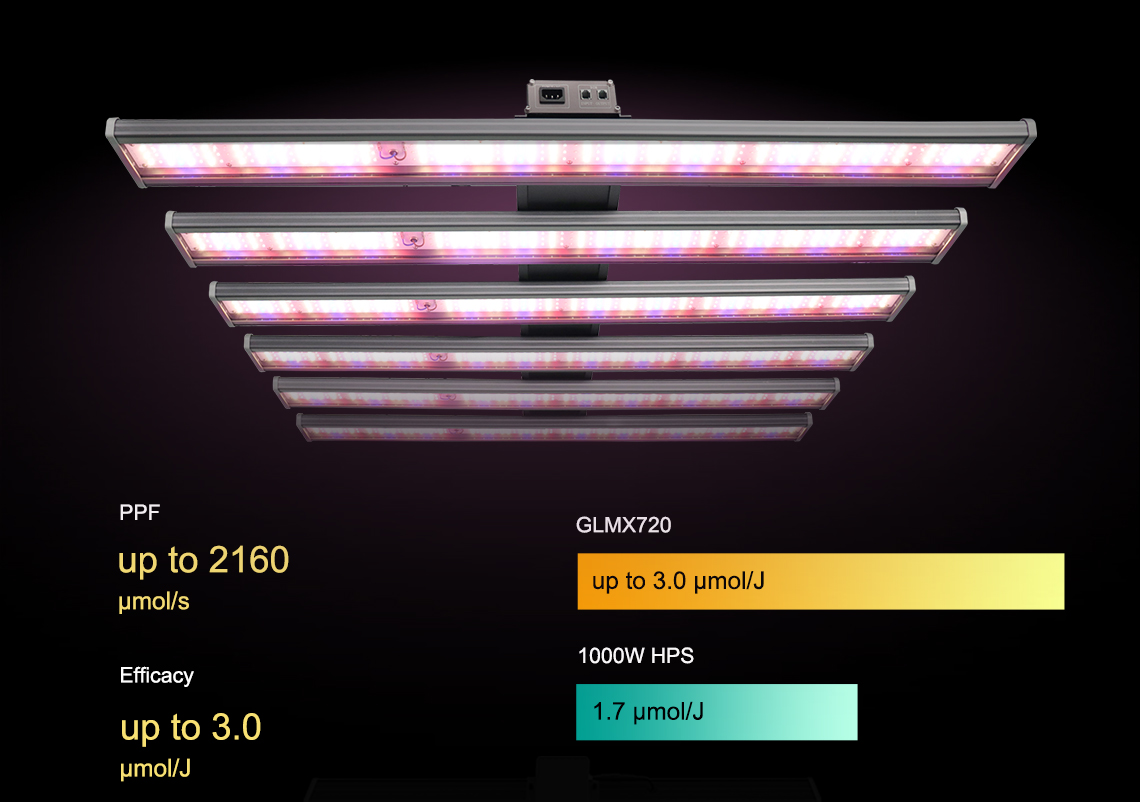
There may be multiple choices based on the performance and durability of LED Grow lights. But, we experienced stunning performance from one of the grows lights made in China. It's GLMX 720 with a similar capacity of wattage consumption that uses 6 bars of 120Watts each. It could deliver a PPF of 2160 μmol/s with an effective flowering footprint of 5ft x 5ft. Its performance and extended footprint are no match to other LED lights of a similar capacity. They also use Samsung LEDs that are capable of delivering extra blue 450 nanometers, deep red 660 nanometers, and infrared 730 nanometers along with cool white and warm white that ensure continuous growth during vegetative and flowering stages. Overall, its balanced spectrum guarantees tomatoes growth from planting to harvest stages.
Planting guide:


